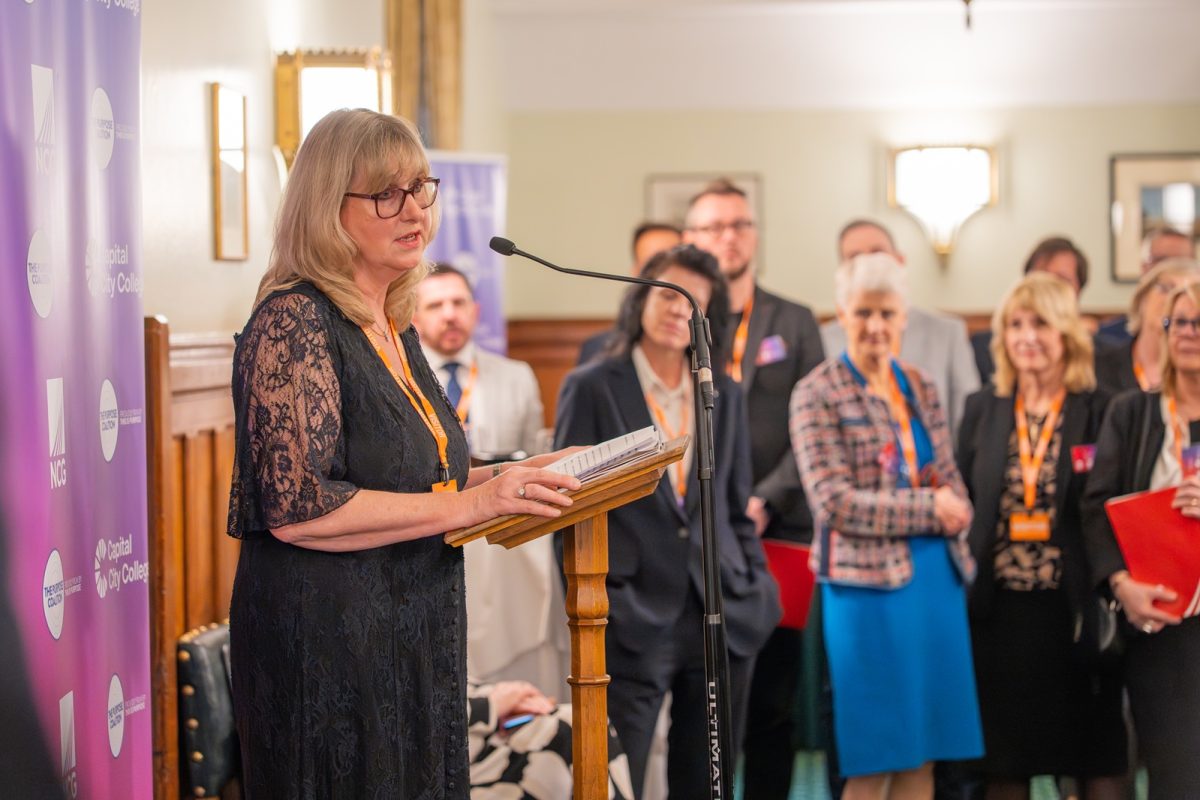Job vacancies rising, but some areas have struggled to weather the storm

@jrf_uk @EmploymtStudies @adzuna – Job vacancies rising, but some areas have struggled to weather the storm
New analysis published today (19 Aug) shows tentative signs of recovery in the jobs market following the easing of lockdown measures. New vacancies rose by more than 50 per cent during July, and more than 169,000 vacancies were notified during the first week in August, suggesting a rebound in hiring in some areas and sectors.
There are still nearly half a million fewer vacancies than there were at the start of the crisis – with job openings running at just one third of the level that they were at this time last year. Despite the increase in vacancies, the areas with a high number of people out of work per vacancy have remained consistent.
JRF is calling for the Government to bring its levelling up agenda to fruition through targeted support for areas whose vacancies rates are recovering more slowly, especially as the unwinding of the furlough scheme may lead to more people out of work chasing each vacancy.
The analysis, by the Institute for Employment Studies (IES) and funded by the Joseph Rowntree Foundation (JRF), uses vacancy data collected by Adzuna – one of the UK’s largest job search engines.
All parts of the UK have seen average weekly vacancies in July slightly above the average figures reported for June. The devolved nations have the lowest vacancies per capita compared to all regions in England, while London and the South East of England have the highest.
Areas with high numbers of people out of work for each vacancy have been concentrated in Scotland, Wales and Northern Ireland, some areas of outer London and parts of northern England outside the larger cities. Areas with fewer people out of work per vacancy include inner London, and cities and towns in the south of England.
As well as offering a lifeline for families through the Universal Credit system, JRF is calling on the government to bring forward investments in targeted support, skills, and retraining schemes, to benefit the groups of workers in sectors most at risk of job losses.
This support should particularly focus on adults over 25 with fewer formal qualifications, women and BAME communities whose work has borne the brunt of the effects of lockdown. The UK government must also go further on its job creation programmes so that they better reflect the scale of risk facing many groups of workers.
Dave Innes, Head of Economics at the independent Joseph Rowntree Foundation said:
“After the uncertainty and worry of lockdown, there are definite signs that parts of the job market have weathered the storm and are now showing signs of recovery. But as before, that recovery is uneven. In areas where there are many people out of work for every vacancy, the government’s Plan for Jobs will have to create new opportunities for people to feel the benefits of recovery.
“Work should offer people a route out of poverty and the chance to build a better life for themselves and their families. It is essential that the recovery reaches people in areas and sectors which are struggling to recover if the Government is to truly level up the economy so that it works for everyone.”
Commenting on the figures, Tony Wilson, Director of the Institute for Employment Studies, said:
“The recovery in vacancies reported in July appears to have carried on into August, with 170 thousand new jobs notified in the first week of this month. New vacancies are now running at one third below the same time last year, compared with a gap of two thirds just a month ago. The overall level of vacancies is now broadly in line with the picture in the early 2010s as we emerged from the last recession. With data last week showing that over one and a half million people started a new job during lockdown, these figures give us some reassurance that there are jobs out there, and more are becoming available all the time as the economy reopens.”
Andrew Hunter, Co-founder of job search engine Adzuna.co.uk said:
“The job market has suffered an almighty blow in the first half of 2020. Hundreds of thousands have lost their jobs, hiring activity dropped up to 60% and big name brands have been laying off staff left, right and centre. But I am hopeful – the leading indicator data published by the ONS and Adzuna shows that in July and early August, Britain has been slowly getting back to work. Job vacancies are now growing at their fastest pace all year and, if we can keep the virus at bay, our analysis suggests continued hiring growth in many parts of the country as we move into September.”
The areas with the largest increase in vacancy levels between June and July have included partly ex-industrial areas in the midlands (Stoke-on-Trent and Staffordshire, Black Country, Derby, Derbyshire, Nottingham and Nottinghamshire) and three Northern city regions (Sheffield, Liverpool and Leeds).
However, vacancies per capita are still considerably lower than they were before the beginning of the crisis. There is a large degree of geographical variation in these declines:
- The smallest declines are seen in Northern areas such as Tees Valley and Humber where vacancies per capita were already very low
- Primarily rural areas such as Greater Lincolnshire, New Anglia, Cornwall and the Isles of Scilly also experienced relatively smaller falls
- Economically dynamic areas in the South of England such as London, Oxfordshire, and Thames Valley Berkshire have experienced the largest falls
These differences in falls among areas reflect the differences of their labour markets; areas that rely more on healthcare and social care jobs rather than on sectors where employment is concentrated more heavily in the private sector.
Vacancies have increased in almost all sectors, and were highest in heathcare and nursing, IT and Teaching, with the lowest to be found in charity work, energy and travel.











Responses